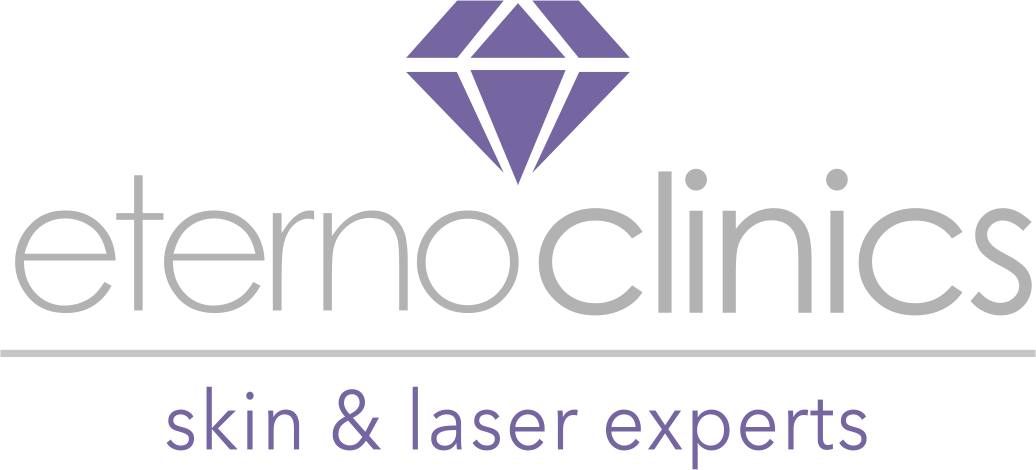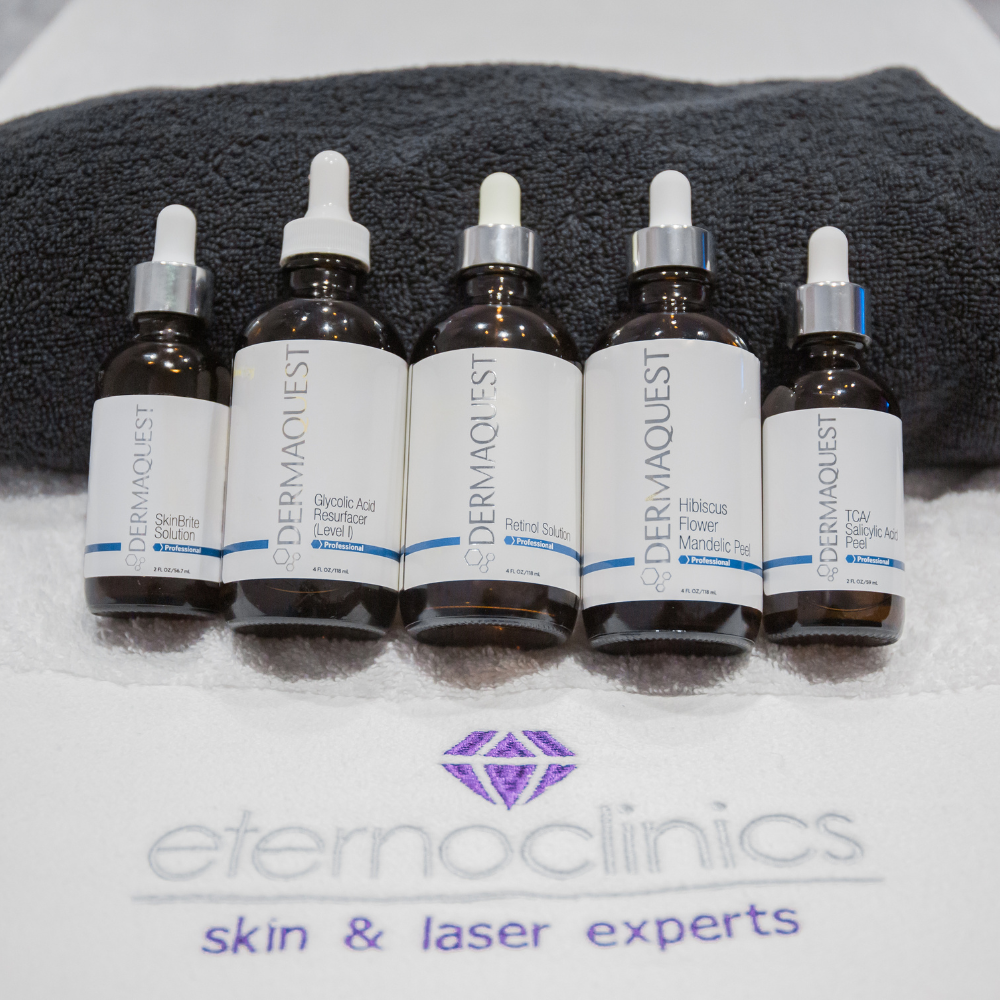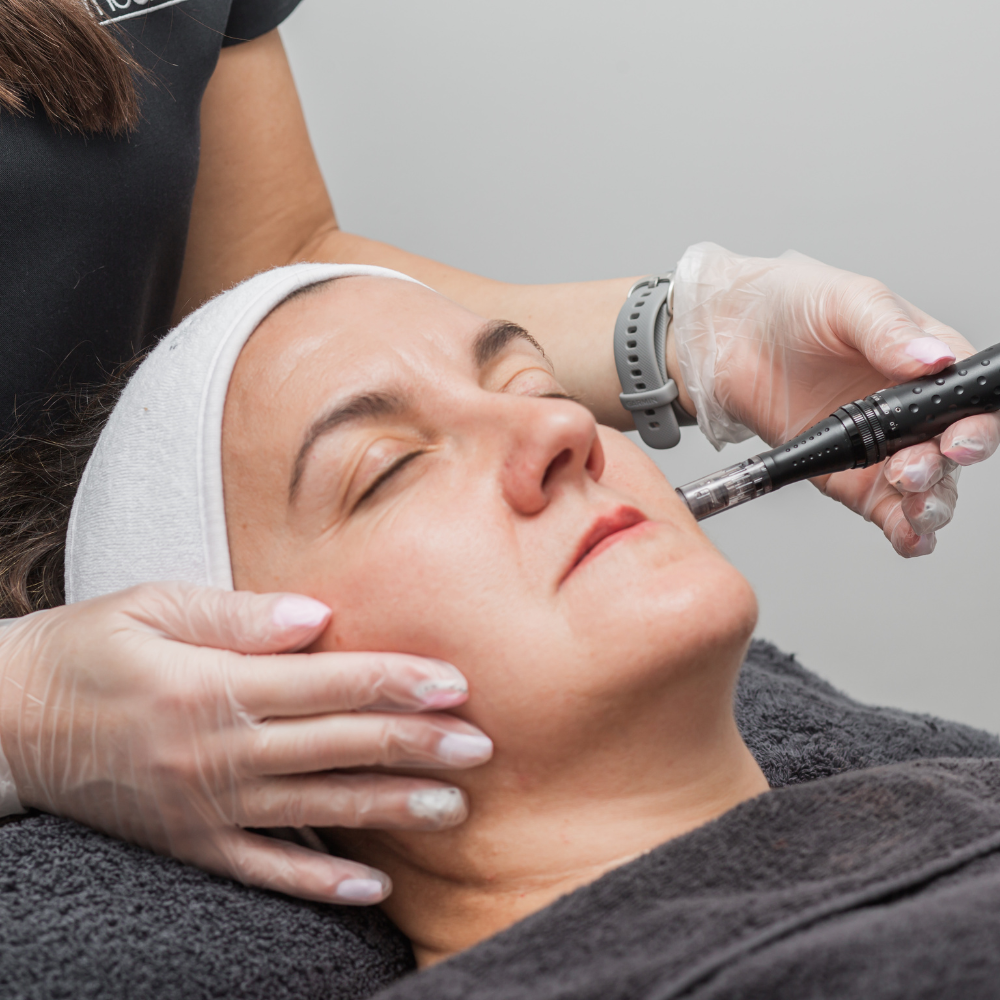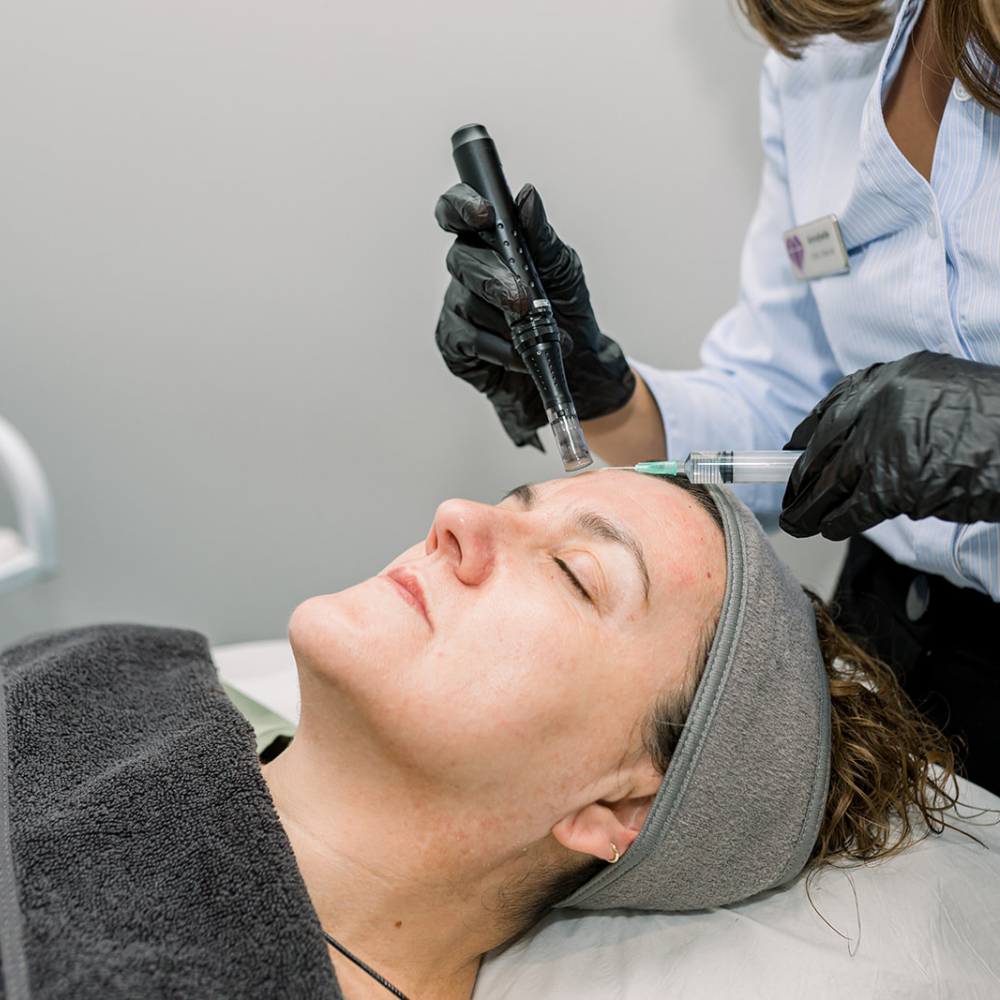Hyperpigmentation
What is Hyperpigmentation?
Hyperpigmentation is a condition where certain areas of the skin become darker than the normal surrounding skin. It occurs due to an excess production of melanin, the pigment that gives skin its colour, and can be caused by factors such as sun exposure, hormonal changes, skin injuries, and specific medications.
Types of Hyperpigmentation
Melasma – Melasma is a common skin condition that causes brown or grey-brown patches on the face, typically affecting women. Hormonal changes, like those during pregnancy or from birth control pills, can trigger this condition. It is also known as “the mask of pregnancy.”
Sunspots (Solar Lentigines) – Also known as age spots or liver spots, are caused by prolonged sun exposure. They usually appear as small, darkened patches on areas of the body that are frequently exposed to the sun, such as the face, hands, and arms.
Post-Inflammatory Hyperpigmentation (PIH) – PIH occurs following an injury or inflammation of the skin, such as acne, eczema, or cuts. The affected skin darkens as it heals, leaving behind discoloured patches.
Causes of Hyperpigmentation
- Too much sun exposure
- Hormonal changes
- Skin injuries or inflammation
- Medications
- Medical conditions
- Genetics
Hyperpigmentation Treatment Options
DermaQuest Mixology Peels are high-grade treatments perfect for extreme hyperpigmentation. Offered only after a thorough consultation, these potent peels combine active resurfacers and chemical solutions to penetrate deeply, making significant cellular adjustments. These treatments are highly effective but produce an aggressive and visible peeling effect.
DermaQuest Chemical Peels help exfoliate deep into the skin to target your hyperpigmentation. DermaQuest Chemical Peels provide more advanced results by treating the skin aggressively, allowing for intense post-treatment shedding.
Dermapen Microneedling is a minimally invasive skin treatment for hyperpigmentation which uses a device with fine needles to create controlled micro-injuries in the skin. These micro-injuries stimulate the body’s natural wound healing processes, including the production of collagen and elastin.
PRP Microneedling is a procedure aimed at addressing hyperpigmentation by creating micro-channels in the skin to trigger a healing response. This treatment incorporates Platelet Rich Plasma from the client to assist in the healing process, encouraging skin cell repair and rejuvenation.
Trusted & Approved By You
FAQs
- Is hyperpigmentation permanent?
Hyperpigmentation may fade over time with proper treatment and sun protection. However, some forms, such as melasma, may require ongoing management to prevent recurrence.
- Is hyperpigmentation more common in certain ethnicities?
Hyperpigmentation can affect people of all ethnicities and skin types. However, it may be more noticeable in individuals with darker skin tones due to increased melanin production.
- How long does it take to see results from hyperpigmentation treatments?
The timeframe for seeing results from hyperpigmentation treatments varies depending on the type of treatment used, the severity of the hyperpigmentation, and individual factors. Some treatments may produce visible results in a few weeks, while others may require several months of consistent use.
- Can hormonal changes during pregnancy cause hyperpigmentation?
Yes, hormonal changes during pregnancy can lead to a condition called melasma, also known as the “mask of pregnancy,” which causes dark patches to appear on the face. This type of hyperpigmentation often fades after pregnancy but may require treatment.
Request A Call Back
Contact Us
"*" indicates required fields





